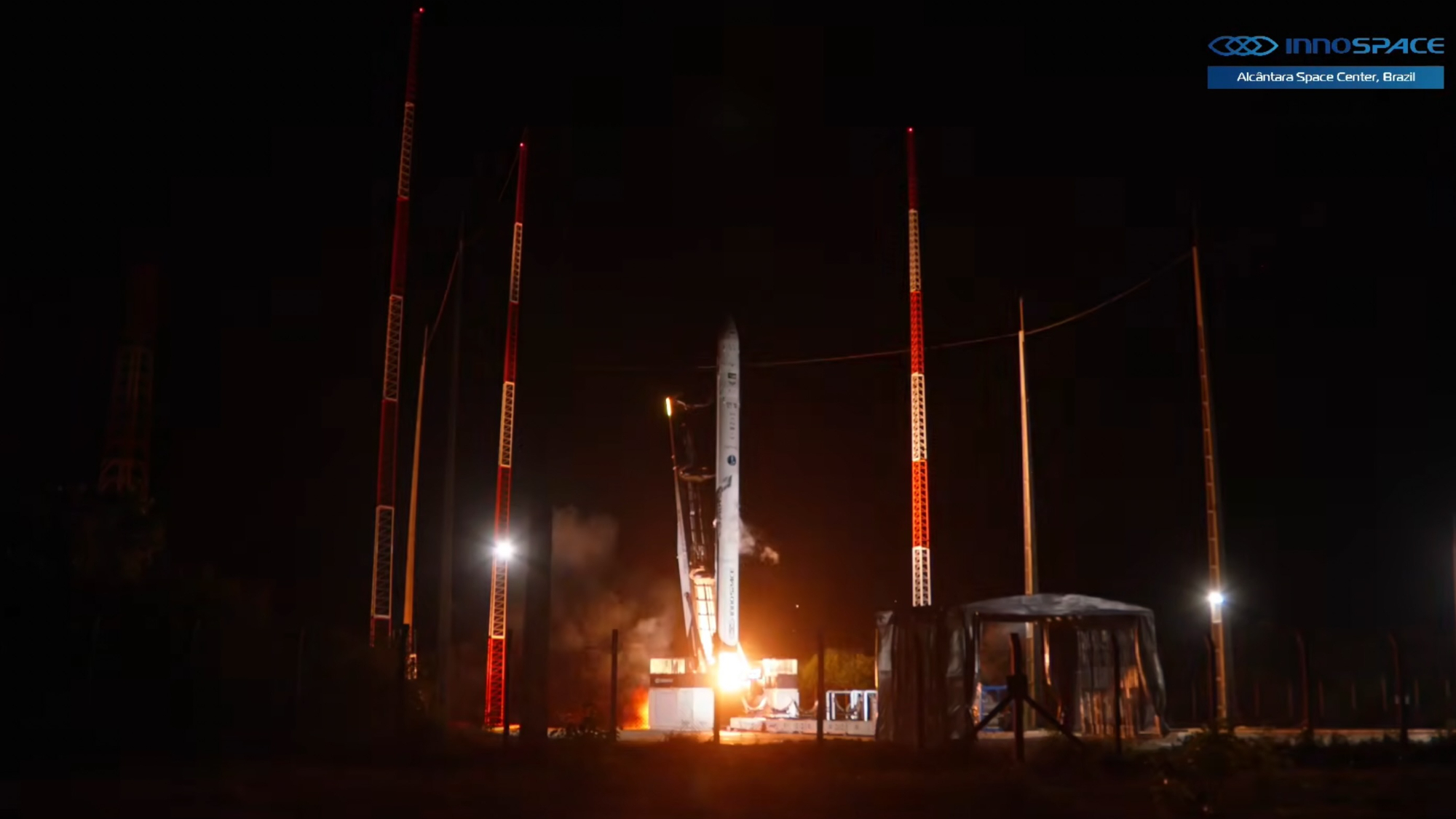Moon's Shell May Be Wet, But Inside Is Bone Dry
Recentstudies have found vast amounts of water ice at or near the lunar surface. But theinside of the moon is bone dry, a new study finds.
A recentstudy of lunar rock samples from NASA's Apollo missions could mean the moon'sinterior harbors less water than thought. In fact, a new examination of thelunar rocks' chlorine composition indicates that the moon is essentially dry ?without any water deep inside at all.
"Lotsof publications about water being found on the moon talk about ice that resides on the lunar surface," Zachary Sharp, a professor at the Universityof New Mexico in Albuquerque, N.M., and the study's lead researcher, toldSPACE.com. "This is not what we're talking about. We're talking aboutwater that was initially in the moon as it formed."
Secretsof moon rocks
Sharpand his colleagues compared the composition of Earth rocks, primitive meteoritesamples, and lunar volcanic rocks. In particular, they measured the prevalenceof two kinds of chlorine atoms, called isotopes ? chlorine-35 and chlorine-37.
Theyfound that the ratio of chlorine-35 to chlorine-37 was very constant, and onlyvaried by about 0.1 percent. Similar results were found with the primitivemeteorite samples.
Butwhen the researchers performed the same measurements on lunar samples, theyfound surprising results. [10 Coolest New Moon Discoveries]
Breaking space news, the latest updates on rocket launches, skywatching events and more!
"Wequickly found huge variability in the lunar chlorine isotope ratio," Sharpsaid. "It was 25 times that of Earth. We were confounded."
Thisinformation helped the scientists calculate how widespread other elements areon the moon ? including hydrogen, a key ingredient in water. "Knowing thechlorine content, we can back-calculate the amount of hydrogen," Sharpsaid. "We found that the hydrogen content had to be really low, soessentially the moon was extremely dry relative to Earth."
Whatchlorine tells us about water
Becauseof its chemical properties, chlorine is very attracted to water (this is calledbeing hydrophilic). Therefore, it is an extremely sensitive indicator of thepresence of hydrogen, and thus, water.
Ifthe moon contained largeamounts of water in its interior, that would have greatly affected the propertiesof chlorine there, too, the researchers said. In particular, there wouldn't beso many different ratios of the two types of chlorine ? rather, they would befound at steady levels all over the moon, as they are on Earth.
OnEarth, chlorine bonds with hydrogen to create the compound hydrogen chloride(HCl), which is released as a gas during volcanic processes.Chlorine-35 andchlorine-37 are atoms that contain the same number of protons, but chlorine-37has two more neutrons in its nucleus. Thus, the latter flavor of chlorineweighs more, as it has a slightly greater atomic mass.
Duringvolcanic processes on Earth, as chlorine vaporizes from the cooling moltenrock, the volatile gas hydrogen chloride (HCl) is released. This compound ismore often made with chlorine-37 than chlorine-35. That means that when the gasis emitted into the atmosphere, more of the former atom is lost than thelatter, leaving behind cooled volcanic rocks that are enriched withchlorine-35.
But,this is only half of the process, Sharp said. The lighter element is alsoreleased as a vapor in other processes on Earth.
"Thenet effect on Earth is that there is essentially no fractionation ? the twocancel each other out," Sharp said.
However,on the moon, this cancelling out process hasn't occurred, so there are wildlydifferent ratios of the two isotopes in different areas. That must be becausethere wasn't enough hydrogen around for chlorine to bond to, to create HCl, thescientists reason.
Instead,on the moon, chlorine has bonded with metals to create compounds such as sodiumchloride, magnesium chloride and zinc chloride, Sharp said.
"Thelevels of hydrogen had to be less than the chlorine, otherwise we would haveHCl rather than these chloride salts," Sharp said. "If we had madeHCl, we wouldn't have fractionation. Knowing the chlorine content gives us anupper limit on the hydrogen content. So, we know that there had to be lesshydrogen than chlorine."
Withsuch low concentrations of hydrogen, the researchers suggest that the interior of the moon is anhydrous, or without water, as scientists had initially proposedlong ago.
Furthermore,if this explanation is correct, Sharp and his colleagues would also hope tofind salts on the lunar surface that were re-crystallized following the vaporizingprocess.
"Wedo see this on a number of lunar materials," Sharp said. "We findthese little decorations of salt crystals on the surface."
Previousstudies of water in the moon's interior
In2008, research of volcanic glass beads from the moon brought attention to the fact that there might be morewater in the lunar interior than scientists had previously thought.
But,Sharp claims that these samples are unusual, and might not be representative ofthe whole moon.
"Itwould be like if I asked you to bring back half a dozen rock samples from astreambed, and one of those samples glittered like gold," Sharp said."I could look at that and think that Earth contained a lot of gold, butit's really just an anomalous sample. It's a wonderful discovery, but to beable to extrapolate that to the entire moon may not be valid, and that couldexplain the discrepancy in that paper and ours."
Thenew discovery is detailed in the August 6 issue of the journal Science.
- Images - Future Moon Bases
- OutThere: Water, Water Everywhere
- Whole New Moon: U.S. Probe's 1st Year a Lunar Feast

Denise Chow is a former Space.com staff writer who then worked as assistant managing editor at Live Science before moving to NBC News as a science reporter, where she focuses on general science and climate change. She spent two years with Space.com, writing about rocket launches and covering NASA's final three space shuttle missions, before joining the Live Science team in 2013. A Canadian transplant, Denise has a bachelor's degree from the University of Toronto, and a master's degree in journalism from New York University. At NBC News, Denise covers general science and climate change.
